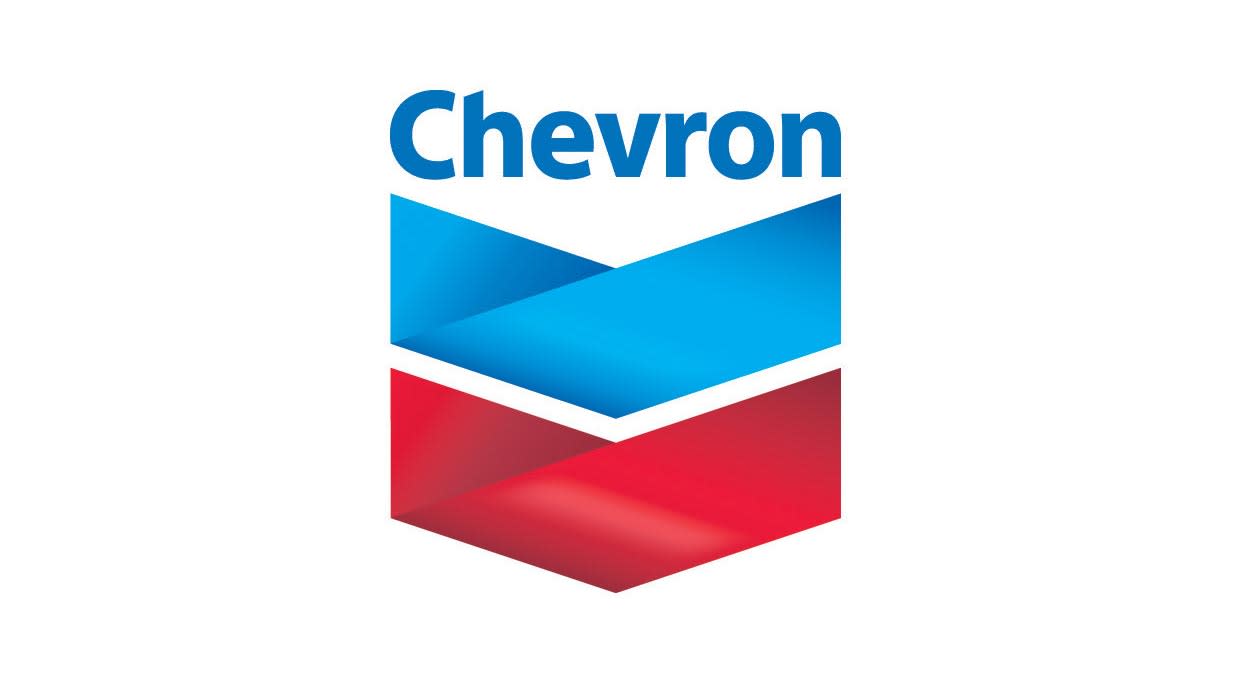Chevron’s first quarter revenue fell by 1% to $46.1bn. Underlying net profit however fell 29.6% to $3.8bn. International Upstream was the biggest driver of the fall, with both oil and gas prices dropping as well as production.
The dip in operating performance also drove a reduction in free cash flow from $2.7bn to $1.3bn. Net debt increased over the quarter from $17.7bn to $25.0bn.
Chevron returned $6.9bn to shareholders in the quarter including $3.9bn on buybacks. Spending on buybacks is expected to fall to $2.5bn-$3.0bn in the second quarter.
The shares were down 2.1% in pre-market early trading.
Our view
Chevron’s first quarter earnings showed a modest improvement over the last three month of 2024, but profitability is still a far cry from where it was a year ago. With oil prices at close to four-year lows, and economic uncertainty elevated, management can be forgiven for dialling back a little on share buybacks.
The business is dominated by the extraction and sale of fossil fuels. While that remains the case, its fortunes will mainly rest upon commodity prices (over which it has no control), production levels, and the cost of pumping out oil and gas.
Chevron’s doing what it can to run an efficient ship targeting $2-3bn in cost reductions by the end of 2026. But, downward swings in commodity prices will still really hurt the bottom line. Just a $1 move in the price of a barrel of Brent Crude can hit annual profits by more than $0.4bn.
In a world that's trying to wean itself off carbon-producing energy sources, Chevron's targeting average annual production growth of at least 6% out to 2026.
The recent startup of the Future Growth Project at Kazakhstan’s Tengiz oil field, the largest of its kind in the world, is a step in the right direction, and production has ramped up without a hitch.
Chevron’s also agreed to acquire Hess Corporation, a global energy company with assets across Guyana, North Dakota, Mexico and Thailand. The deal's now not expected to close until mid-2025 at the earliest. It’s also targeting growth in other new energies such as Hydrogen and Carbon Capture, but for now, only a limited budget has been agreed for investment in that side of the business.
In oil and gas, Chevron's investment plans are more ambitious. If the Hess deal closes, the annual capital expenditure budget's set to increase to between $19-$22bn. Market forecasts suggest that operating cash flows should cover this whilst leaving room for pay-outs to shareholders. We think Chevron is one of the more resilient names in the sector, but distributions to investors can’t be guaranteed. And further weakness in commodity prices could put pressure on cash resources.
Chevron's valuation is below its long-term average, which we think reflects a shift in investor sentiment towards the sector and its long-term future. Meanwhile, it's trading at a significant premium to European peers, which we see as unjustified, particularly whilst its strategy beyond peak-oil remains unclear. Given the macro-economic backdrop further volatility can’t be ruled out.
Environmental, social and governance (ESG) risk
Environmental concerns are the primary driver of ESG risk for oil and gas producers, with carbon emissions and waste disposal being the main issues. Health and safety, community relations and ethical governance are also contributors to ESG risk.
According to Sustainalytics, Chevron's overall management of material ESG issues is strong, although we have some concerns. It is assessing the commercial viability of clean energy sources and strategies, with the goal of adapting its business activities to align with a low-carbon economy. The company showcases initiatives to tackle carbon-related risks, such as its plan to spend USD 8 billion through 2028 on activities such as renewable fuels, hydrogen, carbon capture and offsets. However, the company does not appear to have absolute carbon reduction plans and remains involved in controversies related to environmental pollution.
The Share Research team is ceasing covering of Chevron. This is the last update and house view HL will produce on this stock. You can still find out more about our thoughts on the Financials industry by signing up to our Share Insight email.
Chevron key facts
All ratios are sourced from LSEG Datastream, based on previous day’s closing values. Please remember yields are variable and not a reliable indicator of future income. Keep in mind key figures shouldn’t be looked at on their own – it’s important to understand the big picture.
This article is not advice or a recommendation to buy, sell or hold any investment.No view is given on the present or future value or price of any investment, and investors should form their own view on any proposed investment.This article has not been prepared in accordance with legal requirements designed to promote the independence of investment research and is considered a marketing communication.Non - independent research is not subject to FCA rules prohibiting dealing ahead of research, however HL has put controls in place(including dealing restrictions, physical and information barriers) to manage potential conflicts of interest presented by such dealing.Please see our full non - independent research disclosure for more information.


